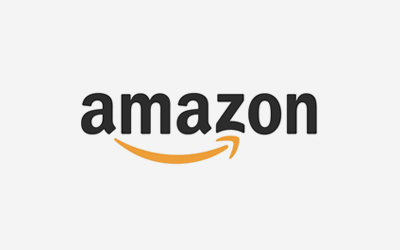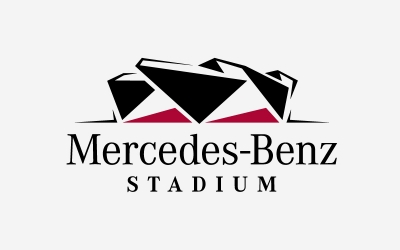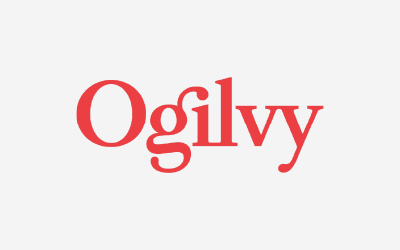Optimizing Human Resources. Better hiring and retention results.
An HR consultancy that helps organizations make smarter people investments.
World class organizations trust us.
Strategy is just words on paper without the plans, deliverables and measurements you need to make it actually work.






Frequently Expressed Pain Point
“Our new recruiting leader needs an onboarding plan and a roadmap for success.”
Most Recent Blog Posts:
How Many Reqs Should a Recruiter Carry? A Recruiter Workload Calculator for Today’s Talent Teams
The most common question we're asked is: "How many reqs should our recruiters carry?" And it's the right question because it is an indicator of efficiency, effectiveness, resource allocation, load balancing, and investment in talent acquisition. Finally, a roadmap for answering this question and ultimately improving TA effectiveness is a click away.
In-Box Dash: AI-Powered Simulation for Selecting, Training and Developing Recruiting Professionals
A one-of-a-kind, AI-powered simulated exercise to help HR and TA leaders select, assess and develop their team.
Interviewing Isn’t Enough: The Best Way to Hire Recruiters Now
Struggling to hire recruiters who excel beyond the interview? Limited on time and money to develop your existing TA team? Old school style interviews and classroom training doesn't cut it when it comes to assessing and developing critical TA skills like prioritization, judgment, and influencing others. Discover In-Box Dash, an AI-powered solution that simulates real-world recruiting challenges, and provides your team with objective feedback and practical development plans. In turn, you get data-based facts about your team's strengths and opportunities along with targeted recommendations for improvement. A fast, accurate and cost-effective way to elevate your talent acquisition game, brought to you by your friends at TGA.
An HR Budget Plan That Showcases HR as an Investment, Not a Cost
It's hard to look like an investment when you act like a cost. Budget season is on the horizon and a lot of HR leaders are already hunkering down to deal with the same old loop of requests and denials. After all, “costs” typically get cut in version one of your budget draft, but you can change this dynamic up by putting yourself in the place of an investor. Here's how to begin . . .



